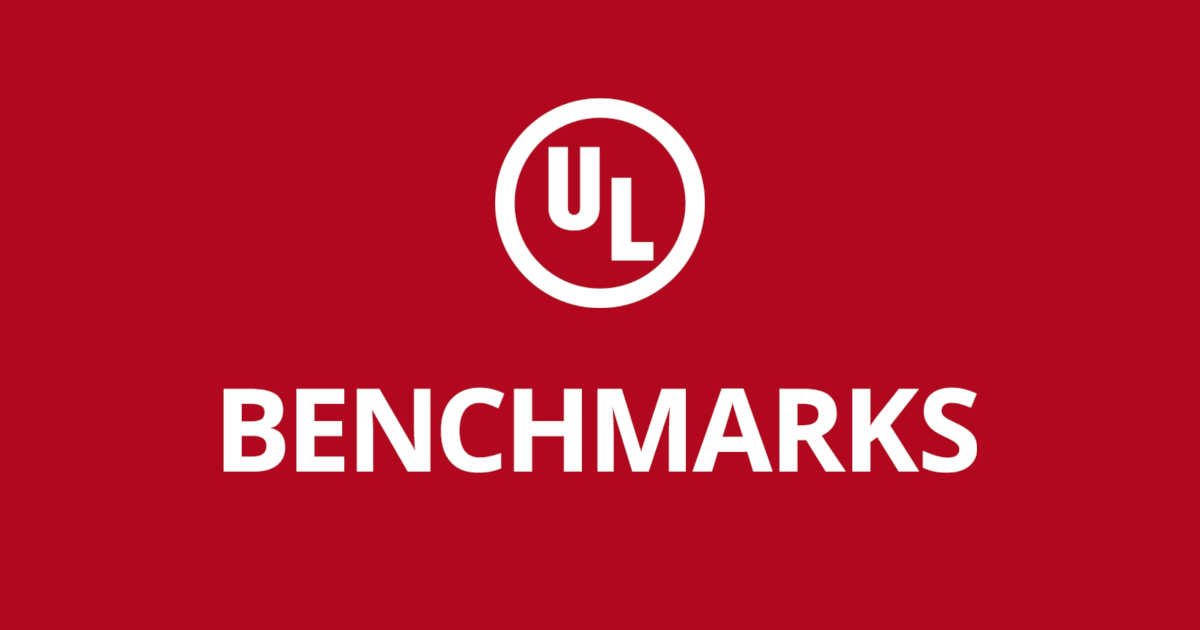- Joined
- Mar 7, 2023
- Messages
- 1,100 (1.34/day)
| Processor | 14700KF/12100 |
|---|---|
| Motherboard | Gigabyte B760 Aorus Elite Ax DDR5 |
| Cooling | ARCTIC Liquid Freezer II 240 + P12 Max Fans |
| Memory | 32GB Kingston Fury Beast DDR5 |
| Video Card(s) | Asus Tuf 4090 24GB |
| Storage | 4TB sn850x, 2TB sn850x, 2TB Netac Nv7000 + 2TB p5 plus, 4TB MX500 * 2 = 18TB. Plus dvd burner. |
| Display(s) | Dell 23.5" 1440P IPS panel |
| Case | Lian Li LANCOOL II MESH Performance Mid-Tower |
| Audio Device(s) | Logitech Z623 |
| Power Supply | Gigabyte ud850gm pg5 |
| Keyboard | msi gk30 |
Yeah I was kind of pressured into buying the lower spec kit from the store, telling me 6000 and over is unstable. What a bunch of bs. He must have been working with old information. Anyway I figure ddr5 will improve a lot in the next few years and that I probably wont have this kit for long. But at the same time, don't want to buy another one already. So if I can't have low latency, might as well have high clock speed in the meantime, that kind of makes sense, right?Well since your not going to the moon. Either M or A can do 6400 CL34-38-38-84 with 1.5V with brute force overclocking and probably down to CL30-36-36-50. A-Die can't go as low in timings, but it can go much higher.
Another trick is to type in all loose values with high voltage, overclock to the desired freq and work your way down. All Hynix can do 40-40-40-77-117 + tRFC 840 / tRFC2 640 / tWR 96 @ 6400 1.45V. Leave the rest of the values on auto.
This is why I always suggest buying the bin you want. overclocking is very tedious because of the many unknowns. You are shooting in the dark and hoping something sticks. You don't know the maximum freq of the MB or DRAM and also need to figure out the correct CPU voltages. It's a tall order without prior experience.
Right now I'm at 6800 with 42 42 42 100 I think? ( just to be safe) passmark tells me 37 ns, pretty much the same time its been no matter the setting. Haven't done thorough testing yet but every step I've been running the benchmark and then antec777 for a few minutes just to make sure its not super unstable.





 Those generally top out at 6800 @ 1.5V, with a really good samples hitting 7600.
Those generally top out at 6800 @ 1.5V, with a really good samples hitting 7600.



